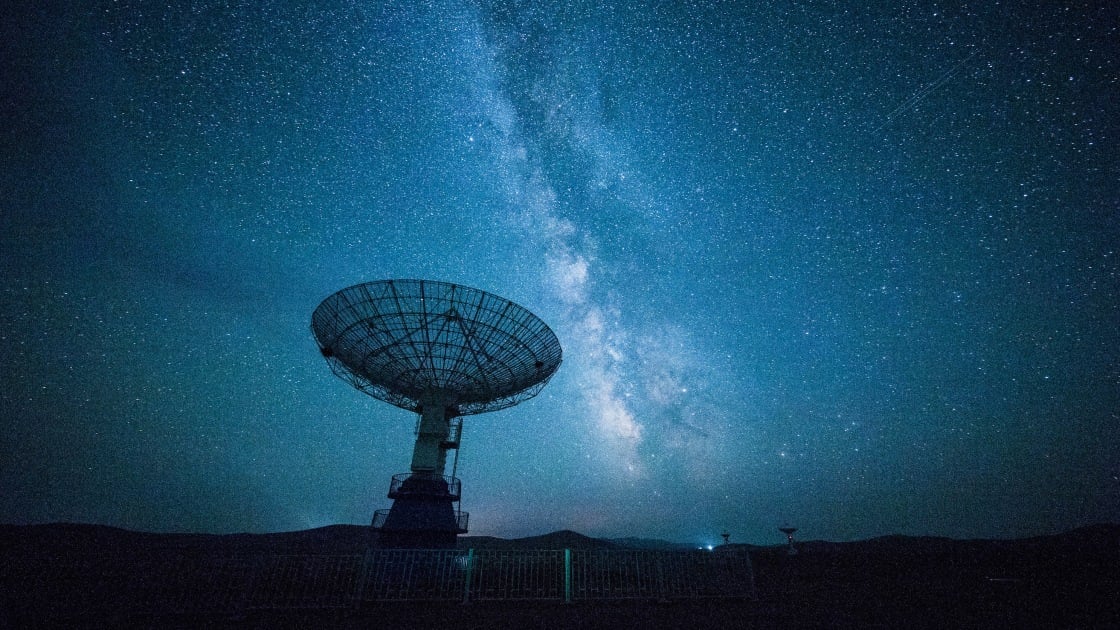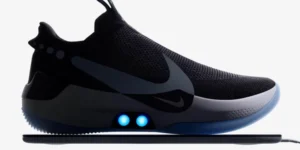SpaceX and AST SpaceMobile are working to bring satellite connectivity to smartphones, but scientists say the technology risks disrupting radio astronomy.
“The proposed direct-to-cell satellites would effectively eliminate the existence of radio quiet zones, greatly reducing the efficiency of existing radio telescopes,” says Catherine Lovkin, associate professor of physics at Mount Allison University in Canada.
Lovekin is among the scientists and groups pushing for the FCC to regulate cellular satellites from interfering with radio astronomy equipment. The satellites effectively act as cell towers in low Earth orbit, directing radio signals and Internet data to phones on the ground.
SpaceX and AST SpaceMobile plan to pilot hundreds of satellites directly to the cell to help carriers like T-Mobile and AT&T serve users in dead zones. But a growing number of astronomers and scientists say the constant radio interference from so many satellites poses an “existential threat” to radio astronomy.
BlueWalker satellite (Credit: AST SpaceMobile)
In its letter to the FCC, the American Astronomical Society said scientists made important discoveries through radio astronomy precisely because they had “clear access to the broad radio spectrum, whether through the creation of a radio quiet zone or the placement of observatories in remote locations .
“This will no longer be possible with constant interference from overhead satellite transmissions. Without access to the wider spectrum, astronomical research will only be able to take place in the small part of the spectrum allocated specifically for this purpose, greatly limiting the potential for discovery,” warned the society, which has more than 7,700 members.
The astronomers are speaking out after the FCC in March approved new rules that allow satellite providers to beam a link to consumer phones. But in doing so, the commission said it was also well aware of concerns about interference, including radio astronomy. That’s because a month earlier, the National Science Foundation, an independent federal agency, issued a white paper dedicated to studying the issue.
“Preliminary NSF analysis indicates significant impacts on radio astronomy systems,” the white paper notes, citing “the power levels and ubiquitous sky visibility” of such satellite systems. The paper also warns that radio signals from satellites “may even damage radio astronomy hardware” if the satellite transmitter passes directly in front of a radio astronomy receiver.
“While it is possible that the burden of harm to radio astronomy could be mitigated with careful coordination and selection of the absolute minimum frequency bands and power levels required for each permitted SCS, radio astronomy will be adversely affected under any deployment scenario,” the NSF continued to say .
Recommended by our editors
(Photo by Paul Hennessy/NurPhoto via Getty Images)
SpaceX and AST SpaceMobile did not immediately respond to a request for comment, though both said they were working with the astronomy community on mitigation to prevent interference with research. Yet a key question is whether cellular satellite technology can co-exist with radio astronomy or whether one must come at the expense of the other.
Scientists lobbying the FCC, meanwhile, are pushing to require companies like SpaceX and AST SpaceMobile to prove their technologies won’t cause interference to radio astronomy before they get commercial approval. That includes demonstrating “their ability to operate without directly illuminating, or disabling, or damaging receivers at radio astronomy observatories,” the National Radio Astronomy Observatory said in its own filing.
This is not the first time astronomers have expressed concern about large satellite constellations. In recent years, they’ve also criticized SpaceX and AST SpaceMobile satellites for photobombing their observations or beaming too much light into the night sky.
So far, the FCC has not allowed SpaceX or AST SpaceMobile to operate their cellular satellite systems commercially. Scientists and astronomy groups are lobbying the FCC after it opened a public comment period on its new rules for cellular satellite coverage, which also seek to minimize the risks of interference.
Get our best stories!
Sign up for What’s new now to get our top stories in your inbox every morning.
This newsletter may contain advertisements, deals or affiliate links. Subscribing to a newsletter indicates your agreement to our Terms of Use and Privacy Policy. You can unsubscribe from newsletters at any time.




